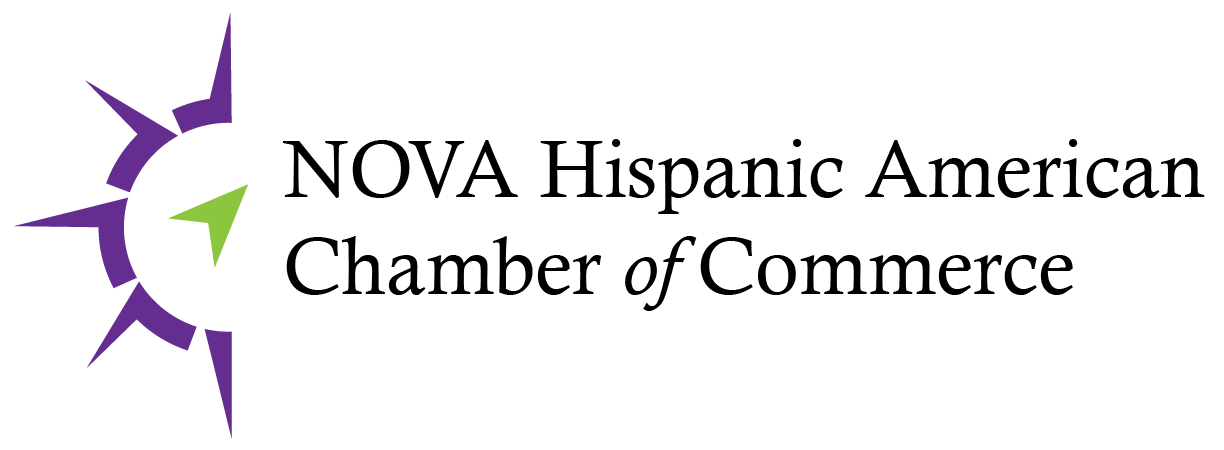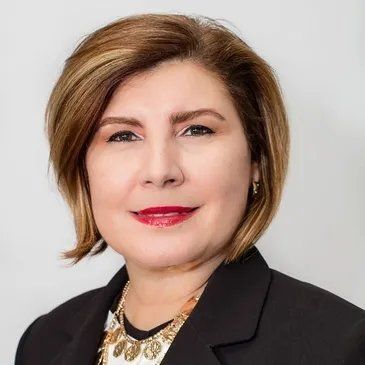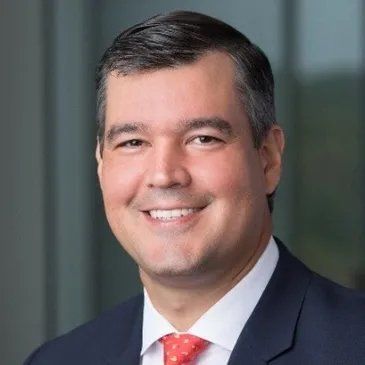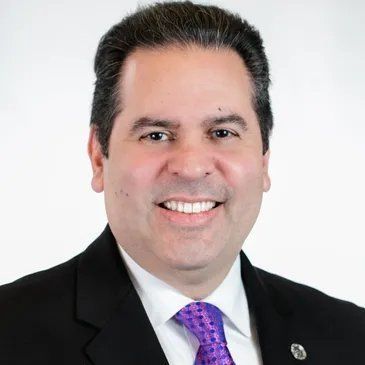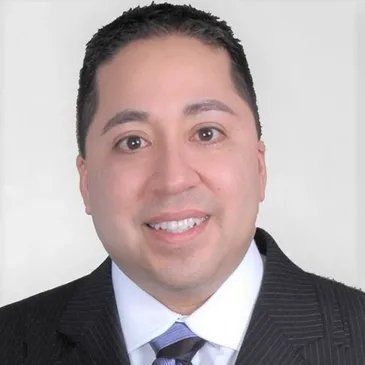Ver directorio
Calendario de eventos
Únete a nosotros
Cuenta de Ingreso
Próximos Eventos
Díganos lo que usted necesita
Productos? ¿Servicios? ¿Otro? Tenemos miembros que pueden satisfacer sus necesidades. Envíe una solicitud de información o un presupuesto a varias empresas.
Enviar peticion
Miembros más nuevos
Noticias y actualizaciones recientes (próximamente)
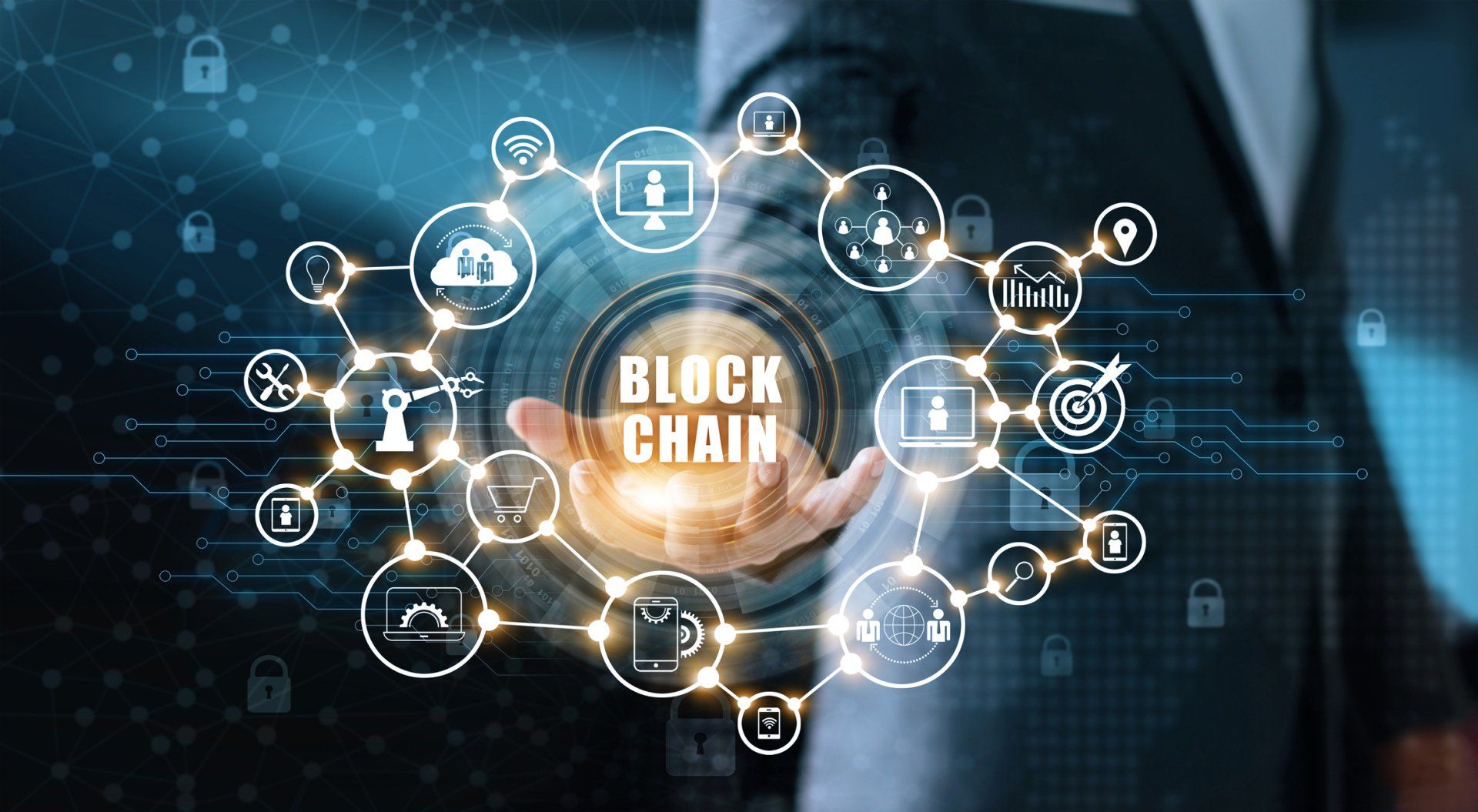
I know you don’t want to hear about how blockchain technology can fix elections, solve cold fusion, restore trust to America, bring global peace, and invent a new way to slice bread. I’m pretty tired of the blockchain hype cycle too, but if there’s one thing that proves current election technology is essentially trash, it’s the 2020 U.S. presidential election. Days later, we still don’t know for sure who won or lost, there are allegations about fraud or miscounts, and multiple legal challenges to the results already. Baseless or not, our current election process and technology invites challenge and provides fodder for conspiracy theories. “Trust compounds incrementally over time, very slowly, but it's lost instantly,” Tim Goggin, CEO of Australian election tech company Horizon State told me in a recent TechFirst podcast. “In an event like this you need to start looking at new solutions to start rebuilding that relationship between the people being governed and the people that are doing the governing.” Horizon State builds blockchain-based election technology that an Australian regional government has actually used in an election, so it’s not your typical blockchain vaporware. In addition, the company was selected as a World Economic Forum technology pioneer. According to Goggin there are at least four things required for visible and transparent election success. Accessibility is critical, especially during a pandemic. While mail is typically the cutting edge of election tech right now, it’s unreliable. People move. They’re on vacation. Mail isn’t tracked and traced. It gets delivered to the wrong address by mistake. One the other hand, the internet is what’s most accessible for the most people. Authentication is also critical. Mailed ballots are sometimes required to be signed by a third party, but not in all districts. Even if that’s done, what is to prevent fraud in this circumstance? Ballots cast in-person require identification, but election officials often spend as much time scrutinizing ID as a bouncer at a club. Security is a must, and although there is no such thing as perfect security in technology-based systems, when coupled with transparency and mutiply-redundant systems of record, you have accountability that is obvious. As much as blockchain is probably not a perfect solution for everything that it’s been touted for, this sounds right up blockchain’s alley. Theoretically, anyone can check the votes in a blockchain-based system, and audit any that look suspicious. There’s also permanence and resistance to hacking the results. Blockchain ensures that voting data can’t be altered to suit one candidate or another. “Once information is put onto a blockchain, it is extremely difficult or impossible to change afterwards,” Goggin says. “Imagine I walk into a restaurant ... and I scream really, really loudly: ‘My name is Tim.’ I walk off and then someone else walks in five minutes later and they go, ‘I heard some guy yelling before — what did he say?’ And let's say someone — lying — says ‘His name is Simon.’ You're going to have 29 other people in that room. They're going to go ‘No, no. He said his name was Tim.’” Protests Continue In Washington, DC As Presidential Contest Remains Undecided WASHINGTON, DC - NOVEMBER 06: People dance to Go-go music during a demonstration organized by Refuse ... [+] GETTY IMAGES “And if that person walked around the room, talked to everyone there, they're going to be pretty sure that the name was Tim and not Simon ... blockchains are essentially a database that is very hard to change and they are a way of agreeing on what the real state of history actually is.” Of course, getting from here — paper ballots, mail, and physical pieces of ID — to a future digital voting state is easier said than done. Secure digital ID is required, which many governments like Australia, New Zealand, are working on. Sweden has a digital ID initiative, as does Argentina. Malaysia, the Philippines, Singapore, and other countries have initiatives ongoing or solutions already launched, such as the e-KTP in Indonesia, which has been in existence since 2011. Individual U.S states are also working on identity technology including Oklahoma, often working with Real ID, which is Homeland Security’s identification protocol. Ultimately, the goal is that one day, everyone can cast their vote, have it immediately and accurately registered and tabulated, and anyone who has any concern about the reliability of any election can analyze every vote in almost real time. There are some challenges, of course. “Governments are often really slow to make changes,” says Goggin. “So it's just like very large enterprises.” To those who say digital voting is risky and we can’t take the risk of making a mistake, Goggin has a fairly immediate comeback focusing on this current U.S. election. “You've got a big one right there that could have been dealt with a lot better. We might be seeing more of these scenarios ... more and more of the everyday people are probably going to start saying to elected officials: we need to start looking at a new solution, a new way of doing this.” I won’t hold my breath. But perhaps in another decade or two long, drawn-out and disputed elections might be a thing of the past.

As COVID-19 continues to alter our way of life, it is of the upmost importance that we find time to pause, take a moment of reflection, and recognize those who are continually devoting hours of their time in the fight against COVID-19. To those serving on the front lines – who are risking their lives, to save the lives of the others – we say thank you. To those acting as a beacon of hope and providing sustained optimism for others in their communities, we say thank you. And to the many who are helping those directly impacted by COVID-19 through donations of any sort, we say thank you. As a part of our Client Stories – which will be published periodically throughout the coming weeks – we hope to highlight some of our admirable Clients, who have scarified their time and effort for the betterment of our society in the fight against COVID-19. “Money didn’t disappear or evaporate, money just moved,” explained Mrs. Susana Marino, Founder, President, and Chair of Northern Virginia’s Hispanic Chamber of Commerce. The Chamber is providing its members – primarily small businesses – with resources and guidance to get through COVID-19 and emerge as our countries newest and brightest leaders and entrepreneurs. Sited at Carr Workplaces Tyson’s location, the Northern Virginia Hispanic Chamber of Commerce – or more commonly abbreviated as the NOVAHCC – seeks to foster a variety of business and trade opportunities for its members and partners. From cultivating B2B (business to business) and B2G (business to government) opportunities, to promoting trade between international commodities, and to even providing potential career opportunities for its members and partners, the NOVAHCC strives for a better business climate in Virginia through the formation of a stronger economy on which these businesses can grow and develop. “Our chamber is looking to create bottom-line opportunities between buyers and suppliers,” explained Mrs. Marino. “While we have far fewer social gatherings than most chambers [because] we are more concentrated on producing results that are creating those interactions between buyers and suppliers.” “We invest our resources in technology or artificial intelligence, to connect our members with the target audience in perpetuity. That’s something that we do, over and over again,” she added. Although known as the Hispanic Chamber of Commerce, the Chamber welcomes members of all nationalities, ethnic backgrounds and gender. “We work with people of all backgrounds,” Mrs. Marino said. “That’s not even a question that you will find yourself having, where you are from, we don’t care. It doesn’t matter. The word diversity is really who we are – an international business, a community that creates opportunities for growth, here at home and beyond our borders.” But it is without question, that the Chamber’s mission of fostering trade and business in a diverse community has been altered due to the coronavirus. Primarily that of serving and aiding small businesses, a large makeup of the Chamber’s members, who have been severely affected by COVID-19. As she has always done, Mrs. Marino rolled up her sleeves and thought about how the Chamber could continue to provide the resources that her members need to brave these tough times. As the NOVAHCC has heavily invested in technology over the years, this has allowed the Chamber to provide its members with a variety of online modules that Mrs. Marino felt were underutilized in the past – which have now taken center stage because of COVID-19. “We were already planning for the future. We are still in the process of getting there so we’ve invested heavily in technology and it’s been available to us from day one since we opened our doors,” explained Mrs. Marino. “These programs that we have been delivering for over two years are now more relevant than ever.” “These programs were built by business owners for other business owners. They don’t come from a textbook, they don’t come from a university, it’s very practical. Every business owner that I have seen take our trainings, they have seen good results because we are speaking their language.” Along with offering modules to teach and assist businesses, the Chamber has synthesized a number of resources for its members which are directly available on its website. These include direct links for small business to access disaster assistance as well as steps these businesses can take to complete and apply for a U.S. Small Business Administration Loan. Along with providing technical resources for her members, Mrs. Marino offered emotional sentiments throughout her discourse – emphasizing the understanding she had of the challenges that so many of her members are currently facing. When examining these difficulties, Mrs. Marino looked to the future and posed the question of, “How do we put people back to work [after COVID-19]?” She then subsequently presented an encouraging thought as a response to this question, to give hope to those struggling to find work right now. “A lot of people that are facing difficulties finding work right now are going to be the new entrepreneurs after COVID-19,” she said. “I [want to say that I] saw their potential to do something great, it’s just that they didn’t know at the time,” she said. “I can’t wait to meet them, and I can’t wait to see them succeed and say, hey look, I knew that you were going to be able to do this.” With this on her mind, Mrs. Marino and the NOVAHCC are now looking to and planning for the future so that the Chamber can better assist these new business owners, thought leaders and innovators when ‘business-as-usual’ resumes. She provided three central pieces of advice to aid these entrepreneurs and their businesses in succeeding in a changed economic landscape following COVID-19. First, “Follow those who are spending the money,” she said. Then, “Solve the known problems that exist within the new economy with solutions that are better, faster, and cheaper than the competition,” she explained. And finally, “Communicate in their [the consumer’s] way, not yours.” While the light at the end of the tunnel may currently seem distant and dimly lit, Mrs. Marino and the NOVAHCC are optimistic that as we emerge from this crisis, new opportunities will be prevalent. Opportunities not just to make money, but opportunities to rebuild and strengthen our communities and the opportunity to get back to work – as we have done for so many years. “There will be tons of opportunities out there, it’s just now you’ll have to go and find it,” she added. It’s just taking that first step to get back on our feet.
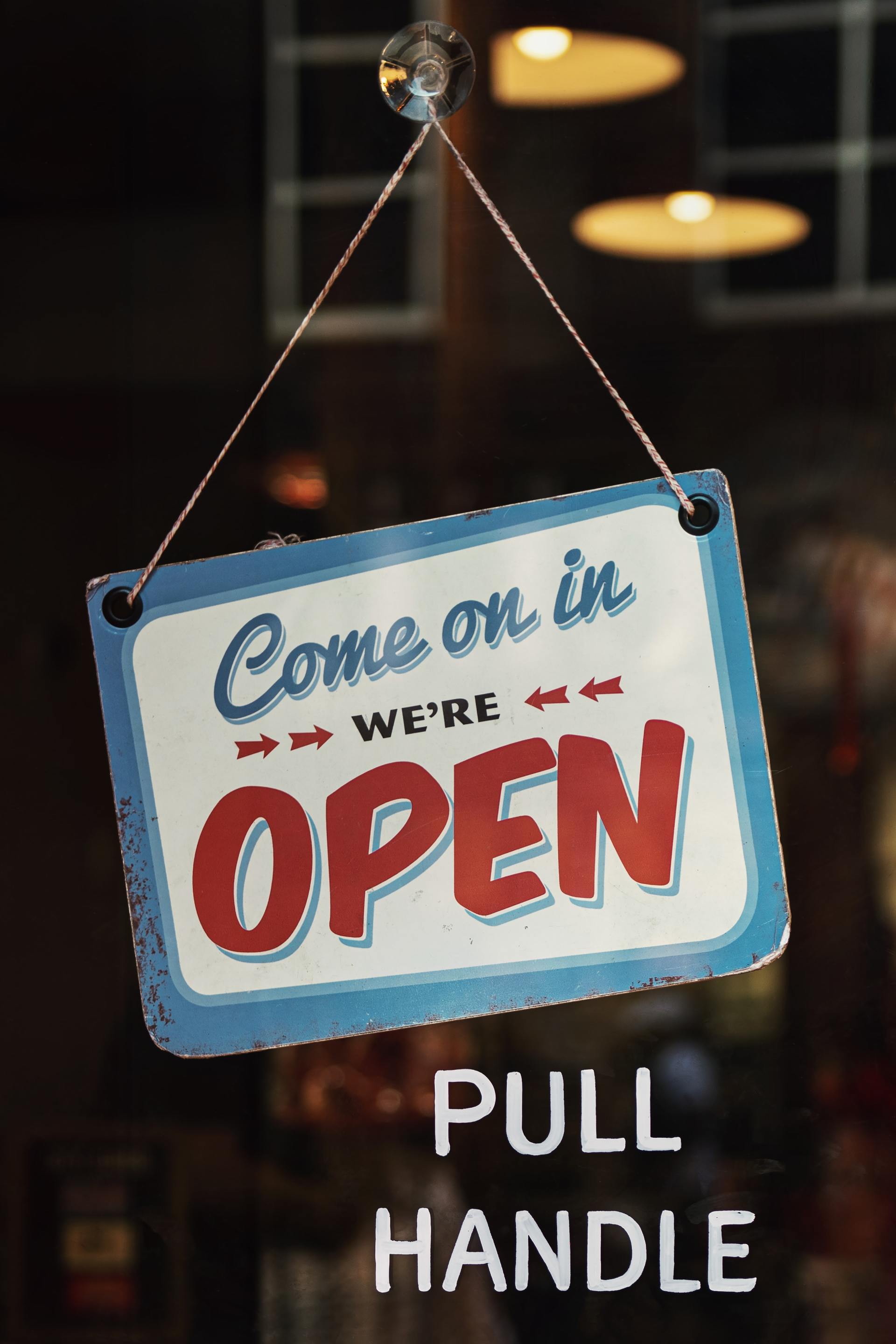
The process of turning an idea into a lucrative business is never easy, but it’s particularly challenging for small businesses. Without the resources of larger operations, small businesses have a unique challenge in front of them: they have to turn a profit in a relatively short amount of time while not compromising the quality of their product. It’s a difficult task, which is why 20% of small businesses fail in their first year, 30% in their second year, 50% by their fifth, and 70% beyond their tenth. Why is it that so many small businesses don’t last more than half of a decade, and what do they have in common? As it turns out, understanding where founders often go wrong can help others get it right. The product or service wasn’t clear. Beyond anything else, this is the first and most common reason that small businesses fail right away. Within a few seconds of looking at a storefront, website or social media page, potential clientele should be able to understand what you do and what you can offer them. In an effort to cast a wide-net, ideas can become scattered and overgeneralized, and the business loses any edge or appeal. The product or service you offer needs to be specific, clear, and direct. It needs to stand out in the market as either less expensive, better quality, or solving a problem that hasn’t been addressed prior. If you cannot explain precisely what your business does within a sentence, then you are not yet clear enough on what you do.
Junta Consultiva Ejecutiva de NOVAHCC



